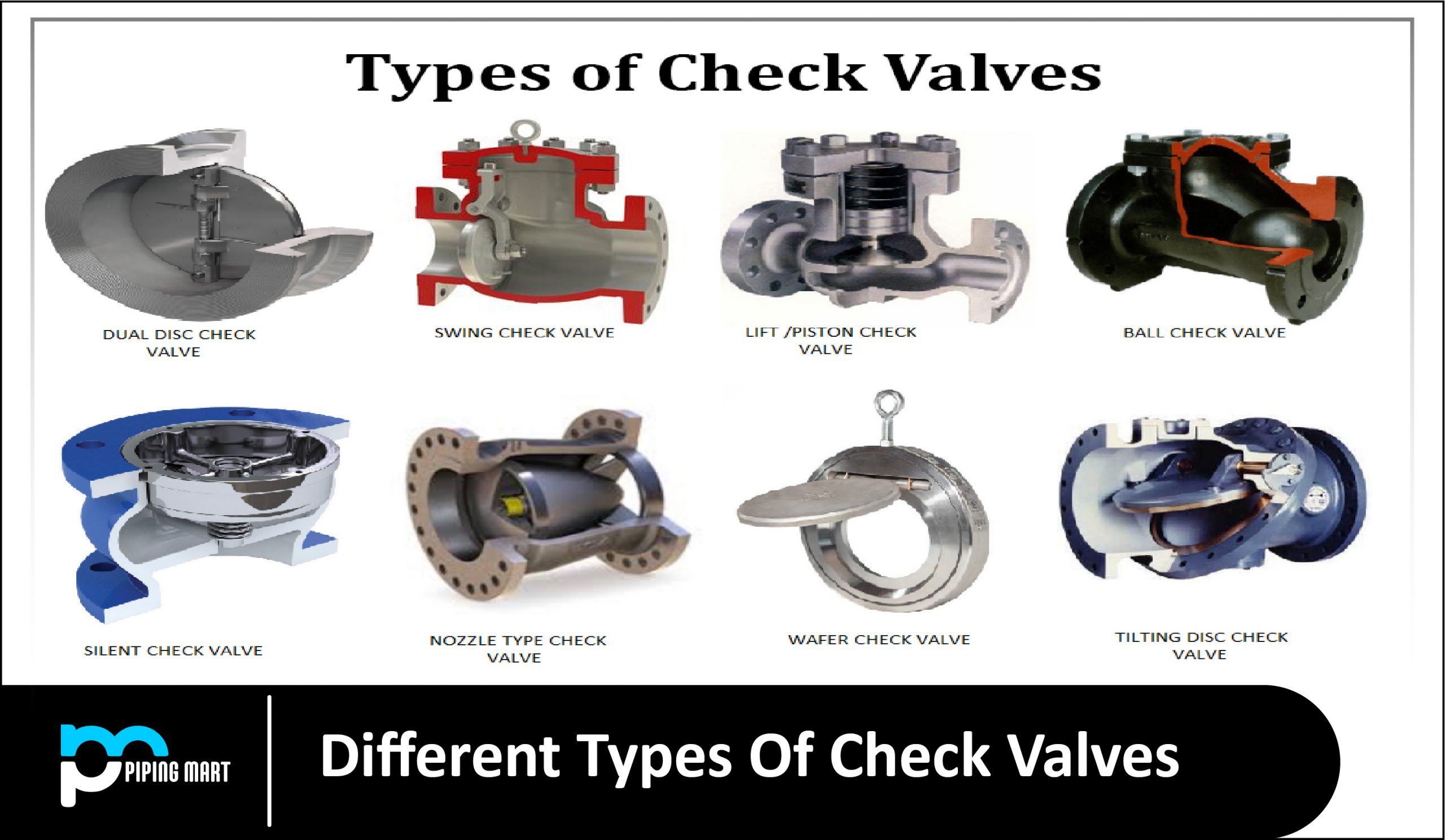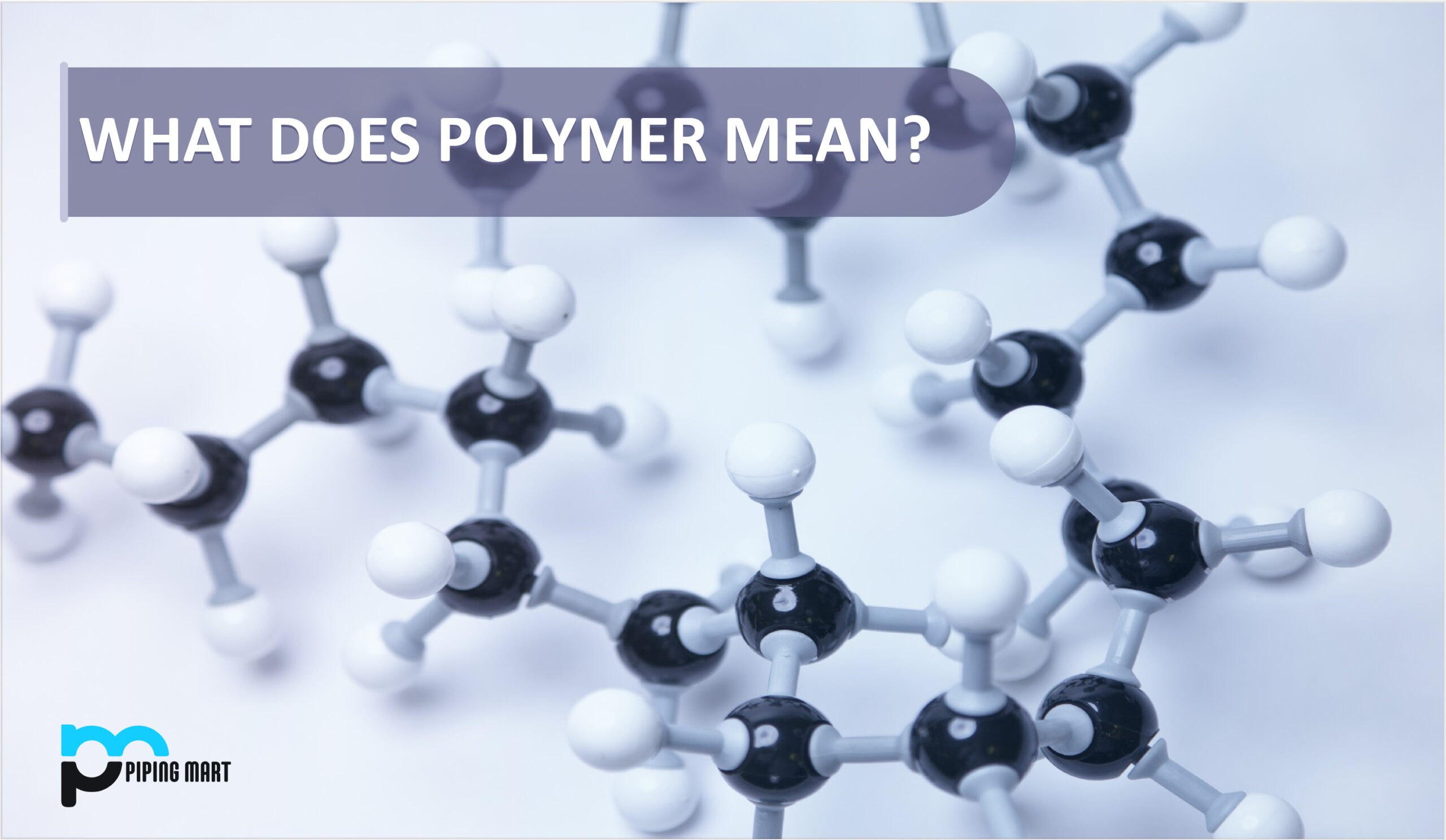Lead welding is a specialized type of welding with both advantages and disadvantages. This technique is used primarily in the construction and repair of boilers, pressure vessels, and storage tanks. It is an effective method for joining metals when appropriately done, but it also has some drawbacks. This blog post will take a closer look at lead welding and its pros and cons.
Advantages of Lead Welding
The primary benefit of lead welding is its ability to create strong, airtight seals on pipes and other structures. The process involves melting the lead into a liquid form before it cools down around the edges to form a tight seal. This makes it ideal for creating water-tight welds on metal pipes and tanks that must be tightly sealed against water or other liquids. Additionally, lead welding can be used on many different types of metal, including steel, copper, stainless steel, cast iron, aluminum, brass, nickel, and more. Furthermore, lead welding does not require any special tools or equipment—all you need are the materials for the job (lead filler rod, fluxes etc.). Finally, lead welding can be completed relatively quickly compared to other welding processes.
- Lead welding is a type of welding that uses a lead-based alloy to create a strong bond between two pieces of metal.
- Lead welding is considered a very strong type of welding, as the lead alloy creates a strong bond between the two pieces of metal.
- Lead welding is also considered a very durable type of welding, as the lead alloy creates a very durable bond between the two pieces of metal.
- Lead welding is also considered a very reliable type of welding, as the lead alloy creates a very reliable bond between the two pieces of metal.
- Lead welding is also considered a very safe type of welding, as the lead alloy used in the process is not regarded as harmful to human health.
Disadvantages of Lead Welding
Unfortunately, there are some downsides to using lead welding as well. First off, because the process involves melting metal into liquid form, it produces a great deal of smoke which can be dangerous if not properly ventilated away from people’s breathing zones. Additionally, lead welding requires highly skilled workers with specialized knowledge about how to do the job correctly; otherwise, there is an increased risk of failure due to poor technique or improper use of tools/materials. Also, note that lead is toxic when inhaled or ingested, so proper safety precautions, such as wearing respirators and protective clothing/goggles, must be taken while performing this process. Finally—and perhaps most importantly—using lead in any capacity introduces a number of environmental hazards if not handled properly, so anyone working with this material should make sure they understand their local regulations regarding hazardous materials disposal before beginning work on any project involving lead welding.
Health Risks
One of the primary disadvantages of lead welding is that it poses several health risks to those who perform it. Lead is a highly toxic metal that can cause various health problems, including brain damage, kidney damage, and reproductive issues. Exposure to lead can also cause anaemia, high blood pressure, and memory problems.
Environmental Risks
In addition to the health risks posed to those who perform lead welding, the process also poses environmental risks. When lead is burned, it releases harmful toxins into the air that can contaminate soil and water. These toxins can then be ingested by plants and animals, which can eventually lead to them being consumed by humans.
Difficult to Dispose
Another disadvantage of lead welding is that the waste generated by the process is difficult to dispose of. Lead is a hazardous material that must be disposed of in special landfills or incinerated. This can be expensive and may only be available in some areas
Requires Specialized Training
Lead welding also requires specialized training to be performed safely. Those not properly trained are at an increased risk of health problems associated with lead exposure. In addition, those who need to be properly trained may also be more likely to cause environmental damage due to their lack of knowledge about proper disposal methods.
Can Be Expensive
Lead welding can also be expensive due to the cost of the materials and the specialized equipment required. In addition, the disposal of lead waste can also be costly.
Conclusion
Lead welding is an effective way to join multiple pieces of metal together to create an airtight seal around pipes or tanks—but it’s essential to keep in mind that this process requires highly skilled workers who understand how to do the job correctly as well as appropriate safety precautions to protect both people and the environment from potential harm due to hazardous materials exposure. Ultimately, lead welding can produce strong results with minimal cost compared to other methods available today for holding metals together securely and air-tightly! If you’re looking for an efficient way to combine multiple pieces of metal, then consider giving lead welding a try!

A passionate metal industry expert and blogger. With over 5 years of experience in the field, Palak brings a wealth of knowledge and insight to her writing. Whether discussing the latest trends in the metal industry or sharing tips, she is dedicated to helping others succeed in the metal industry.




